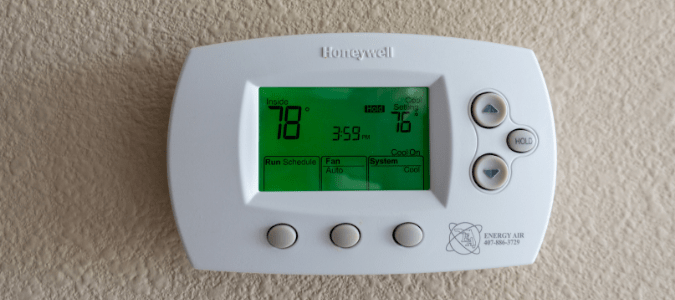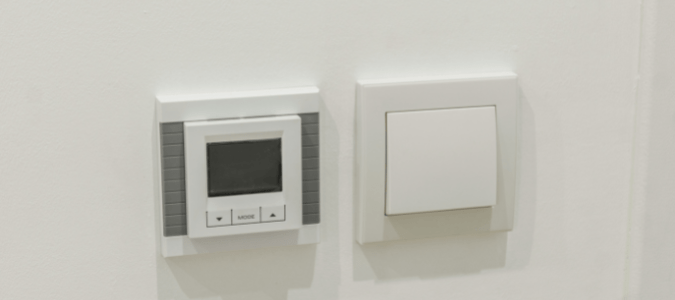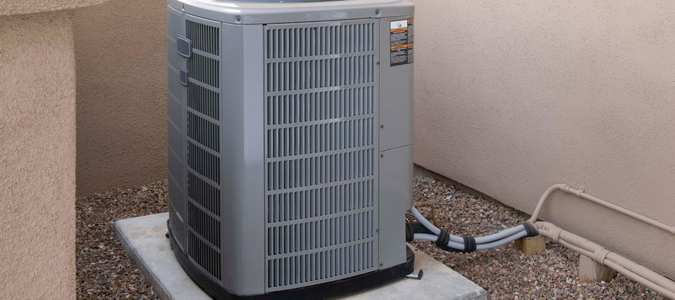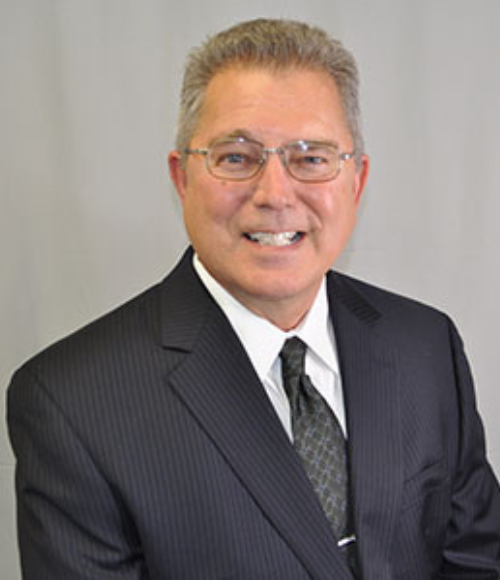Air conditioners make homes more comfortable on hot and humid days. So, it can be frustrating when the AC is not cooling below 75 degrees, even if it has been running for hours. Many factors can cause this issue, including clogged filters, refrigerant leaks and the wrong unit size. While it’s possible to troubleshoot it yourself, it is best to contact an HVAC professional for your AC problems.
Why Your AC Is Not Cooling Below 75 Degrees
Many people prefer their homes to be colder than 75 degrees, especially when it is hot outside. If your AC can’t reach below 75 degrees, here are the possible issues you might be dealing with.
Clogged Air Filter
Air filters are an essential AC component, trapping dirt, dust and debris. However, they can become clogged over time, hampering airflow. This can lead to a variety of issues with your AC system. To prevent costly AC problems, clean or replace the air filter regularly, ideally every three months. Knowing how often to change the air filter in your home will cost you significantly less than replacing other AC parts.
Refrigerant Leak
A refrigerant leak is another possible reason your AC isn’t cooling your home. A leak will lead to low pressure and cause the temperature to drop inside the system. Early detection is crucial to prevent the evaporator coil from freezing. If you suspect you have a refrigerant leak, turn off your AC and contact an HVAC specialist. Refrigerant is a hazardous substance, and homeowners shouldn’t handle this AC issue themselves.
Blocked Drain Line
If your AC stops running before the room is cool, your unit might have a blocked drain line. AC units have a dehumidifying effect because as warm air passes over the cold evaporator coil, moisture in the air will collect on the coil’s surface. This moisture collects in the drain pan beneath the coil and is typically drained through a condensate drain line or pipe.
However, if the condensate drain line becomes blocked, it will prevent proper drainage. HVAC professionals use various methods to clear the blockage, including clearing the drain line manually, flushing the drain line and using condensate drain line cleaners. As with most AC issues, it is best to leave this problem to the pros.
Restricted Airflow in the Condenser
The condenser found in the outdoor portion of the AC is responsible for releasing the hot air from inside your home. But if it can’t do its job, your AC can’t cool down your home as it should. Go outside, check the outdoor unit and remove any debris around it that might be hampering the airflow.
Undersized AC Unit
If your AC can’t get your home below 75 degrees, it might be too small for the area it is trying to cool. Undersized ACs can’t lower the thermostat temperature beyond a specific limit. That’s why matching your AC’s BTU rating to the room size is essential. AC units with a 5,000 BTU are suitable for a 150-square-foot space, while 24,000 BTU can cool areas as large as 1,500 square feet.
High Outdoor Temperature
Most ACs can only cool down the inside of your home about 20 degrees cooler than out the outside temperature. So, if it is more than 95 degrees out, your AC can likely only get your home to around 75 degrees. While you can’t do anything about the blistering heat outside, there are ways to lessen its effects inside your home. You can shut the door and windows and use fans to help the AC.
Tripping Circuit Breaker
Your AC can’t function properly if the circuit breaker is constantly tripping. Check your home’s electric panel and look for the circuit breaker assigned to your AC. Manually check it to see if it is fully engaged. If it moves freely, lock it back into place by pulling it down and then pushing it back up. You should hear a click. If the tripping issues keep recurring, the circuit breaker might be loose or faulty. Contact a professional if that is the case.
If you are dealing with an AC issue, such as a refrigerant leak or tripping breaker, get a licensed HVAC specialist to assess it. They have the tools and expertise to repair your AC safely and have it running efficiently again.
Thermostat Says AC Is on but No Air
There’s nothing more frustrating than a malfunctioning AC on a hot summer day. The thermostat says the AC is on, but no air is coming from the system. If you’re experiencing this issue, here are some possible reasons and what you can do.
Failing Internal Components
If the central AC unit runs, but you don’t feel any air, various internal components might have failed. It could be the indoor fan motor or the capacitor. Failing internal components are more common in older units, especially during severe weather conditions. If your AC is nearing ten years old, it might be time to replace it.
Clogged Filters or Vents
Surface cleaning isn’t enough to maintain your AC. You must change the air filter regularly to facilitate proper airflow. Examine it regularly and replace it every three months. In addition, check that nothing is blocking the vents. Move furniture, appliances and decor that could be hampering airflow.
Incorrect Thermostat Settings
You might have a thermostat issue if your AC is blowing warm air. Check that its settings are correct and that someone didn’t accidentally change them. Ensure the fan setting is at “auto” and not “on”. If the fan is set to “on,” the fan will keep blowing even when the AC isn’t on. If nothing is wrong with the settings, there might be a problem with the connection between the thermostat and the AC. A professional can diagnose wiring problems or if the room temperature doesn’t match the thermostat settings.
Damaged Outdoor Unit
The issue might not be inside your home but on the outdoor part of your AC. There might be damage to the external unit that is hampering the airflow. Check the condenser for debris, ice buildup or broken fins. In addition, ensure the fan is rotating smoothly.
Disrupted Cooling Process
Many factors can disrupt the AC’s cooling process, including failing electrical components and frozen coils. Given the possibilities, it is hard for homeowners to pinpoint the exact culprit. It is better to turn to professionals for them to assess the situation and identify the cause of the problem.
Contact an HVAC specialist if you notice your AC isn’t blowing air. Ignoring it can lead to more expensive problems down the line. Through professional maintenance, you can get the most out of your AC.
Why Your AC Does Not Turn Off at Set Temperature
It is worrisome when your AC won’t turn on. But, it is just as alarming when it doesn’t want to shut off. If your AC won’t turn off at the set temperature, here are some possible culprits within your HVAC system.
Malfunctioning Fan Limit Switch
Your AC’s fan limit switch might be overriding the thermostat signal. That could explain why the fan motor won’t stop running. Contact an HVAC specialist if you suspect this is happening.
Malfunctioning Thermostat
You can tell your thermostat is broken if the temperature in your home is lower than what you set. A malfunctioning thermostat can’t read the temperature in the room and will keep the AC running. Unfortunately, you will likely need a new thermostat if this is the case.
High Outdoor Temperature
ACs struggle to cope when it’s too hot outside, especially if it’s undersized. To check if this is the problem, increase the temperature on your thermostat by 10 degrees. If the AC powers down, it’s too small for the room and can’t keep up.
Dirty Condenser Coils
Dirty condenser coils compromise the AC’s cooling power. That means the system has to work harder to cool down your home. Check the condenser coils and see if anything is blocking them. Grass, mulch and weeds can clog the fins and hamper airflow, causing the system to overwork.
Frozen Evaporator Coils
If the coils are frozen on your AC unit, the refrigerant can’t absorb the heat in the air. That will cause the AC to work harder and longer than it has to. Dirty air filters, dirt buildup on the coils and blocked vents can all cause the evaporator coil to freeze.
Low Refrigerant Levels
Air conditioners need the right amount of refrigerant to work efficiently. If refrigerant escapes the system through damaged components, there won’t be enough to absorb the heat in the air. The AC will keep running to compensate for this shortcoming.
Let an HVAC Specialist Handle Your AC Woes
Air conditioners are essential to the comfort of our homes. But they can also come with various issues homeowners may not know how to deal with. If yours is giving you problems, let an HVAC specialist take over. They will provide the proper diagnosis and perform the necessary repairs and replacements to get your AC running at its best again.
ABC Can Diagnose and Fix AC Problems
It can be concerning when you notice your AC is not cooling below 75 degrees. If you’re concerned about your AC unit, contact ABC Home & Commercial Services. Our licensed professionals can provide any needed AC diagnosis and repair and are available all day and all night. Our experts can even provide routine AC maintenance to help prolong the life of your system.



